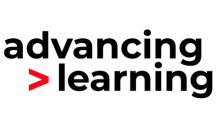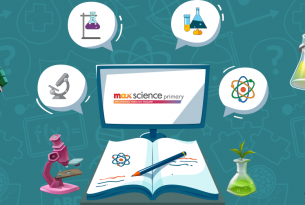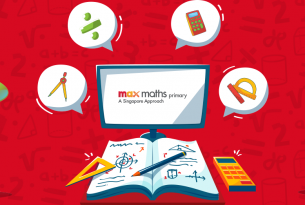
STEM (including Lesson Plan)
01 June 2020The students we are teaching today will work in a world that we cannot comprehend. The tasks they will carry out and the strategies and techniques needed are beyond our understanding. But we do know that our students will depend on their skills to be…
Read moreTeaching Bar Modelling
01 June 2020Many schools are enthusiastically adopting Bar Models as a problem-solving tool in mathematics. They are very popular in Asian schools and increasingly so in the UK. And with good reason. The bar is a very versatile problem-solving tool, but it needs to be introduced carefully….
Read morePre-teaching for Bar Modelling
01 June 2020I have never seen anything written about this aspect of Bar Modelling. Traditionally, teachers go on courses, train others, and then immediately start to roll out the method to their students. This approach has two problems. Firstly, the ‘why’ is rarely addressed. In his book,…
Read moreDeveloping the skill of evaluation in scientific enquiries
07 May 2020This is the final blog in the series, designed to help primary teachers start the development of their learners’ scientific enquiry skills. Although a lot of words have been written and there are lots to ideas to assimilate, I hope you have gained an insight…
Read moreSynthetic Phonics 2
20 April 2020The English alphabetic code is a complicated one, there are 26 letters, 44 phonemes and there is no 1-2-1 letter-sound relationship! Maybe that’s why Synthetic Phonics has become increasingly popular in the Young Learner’s classroom as a way to introduce learners to reading and writing…
Read more




